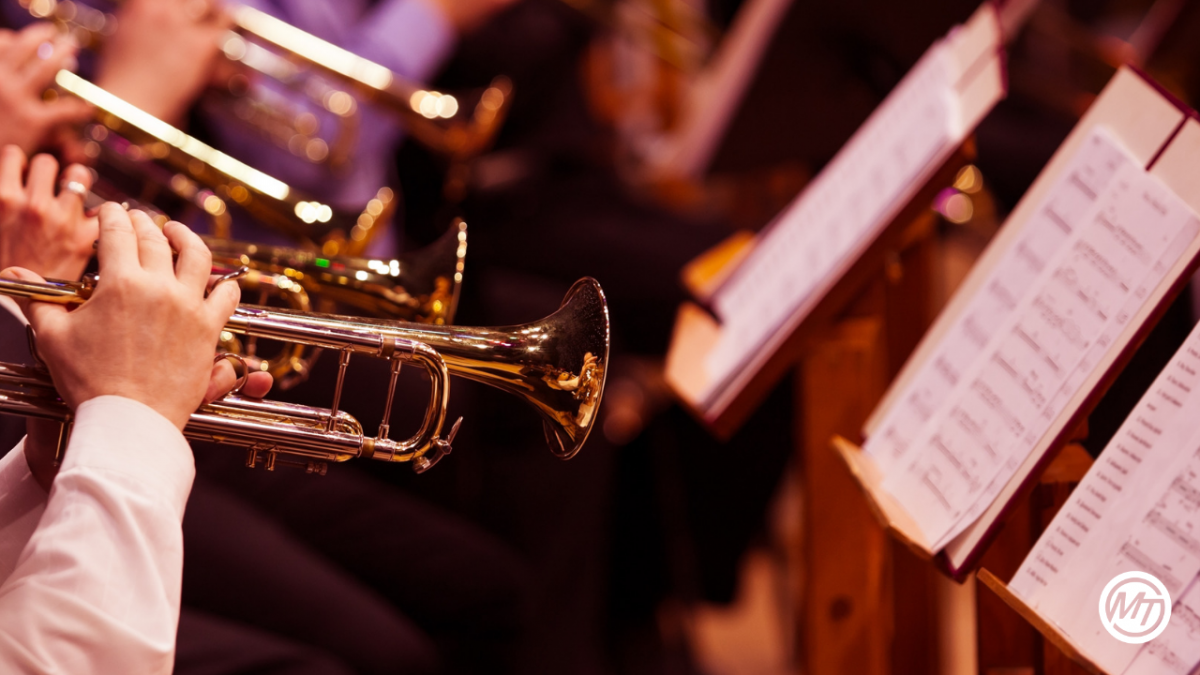This blog touches on proper posture in marching band with an emphasis in general application in our everyday musical instrument lessons, regardless of the instrument. We also want to touch on how good posture also impacts your overall physical health and appearance, increasing the longevity as a musician.
Why is Posture Important?
Just like any moment in your music career, posture is something that we will always be working on and adjusting. When a vocalist is singing, they constantly make adjustments to their voice in order to have the proper tone and pitch to refine their sound. Your posture can affect the sound of your voice, and even the sound of your instrument. A musician must always be aware of their posture so that they can adjust and improve their sound and overall look.
From a medical standpoint, having good posture reduces strain on your spine, and keeps your bones and joints aligned properly. This prevents fatigue because your muscles are being used more efficiently, therefore allowing your body to use less energy. This correlates directly with playing an instrument because maintaining good posture while playing your instrument will prevent your muscles from fatiguing as quickly. In various instruments like the piano, violin, or guitar, its essential to maintain proper posture not only from a physical fatigue aspect but because much of the sound produced comes from the technique that is developed through proper posture. This all comes into play when you are first learning a musical instrument.
No matter the music courses, your instructor should walk you through proper posture, and be constantly correcting your posture to ensure you learn correctly.
Improving Your Posture
Make sure to keep your head in alignment with your shoulders, not stick your head out too far forward or backward. If this is difficult for you, try adjusting your music so that it is at eye level. This should make it possible for you to read your music without moving your head.
Your arms and shoulders should look loose and relaxed while still holding your instrument strongly. Keep your shoulders rolled back to prevent collapsing your rib cage, giving you a larger air capacity and preventing strain on your spine. Your hips should be level, not tilted too far forward or backward. This will allow your back to be straight. If you are a vocalist, this is incredibly important in your music courses because it allows you to further expand your rib cage. Bad posture can compromise your vocal depth and range. This also remains true for other instruments that require your air capacity to be top notch.
Quick Tips:
- Practice your posture by sitting against a wall and paying attention to how your back and hips are angled in a way that your entire back and shoulders touch the wall.
- Use a tennis ball to roll out your tight and sore muscles that often come at the beginning of musical instrument lessons.
- Practice your instrument in front of a mirror so that you can observe your posture and fix any problems you see.
- Adjust the height of your music stand so that you do not have to move your head to read your music.
Lastly, RELAX
Many people get too focused on their posture that they tense up. Putting the physical benefits of good posture aside, standing or sitting straight while playing your musical instruments adds an aesthetic appeal to your talent. Good posture says a lot about a person’s confidence and can definitely make your music look better. Plus, being relaxed while you play your instrument will help you play better in your music courses and performances.
While participating in musical instrument lessons—as an instructor or a student—it is important to set high standards when it comes to posture. You always want to look your best as a musician, but most importantly you do not want to take away from your musical potential by having poor technique due to your bad posture. Enhance your musical instrument lessons by implementing good posture practices into every rehearsal!





